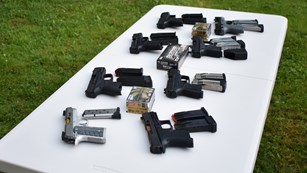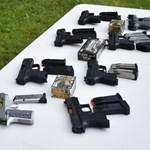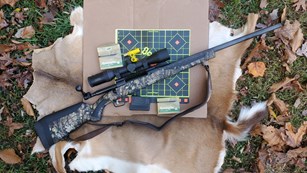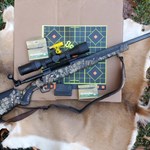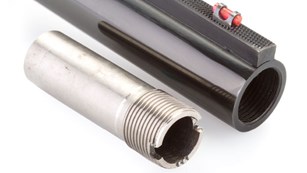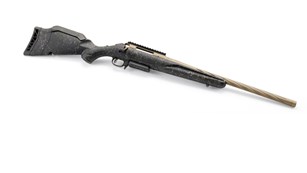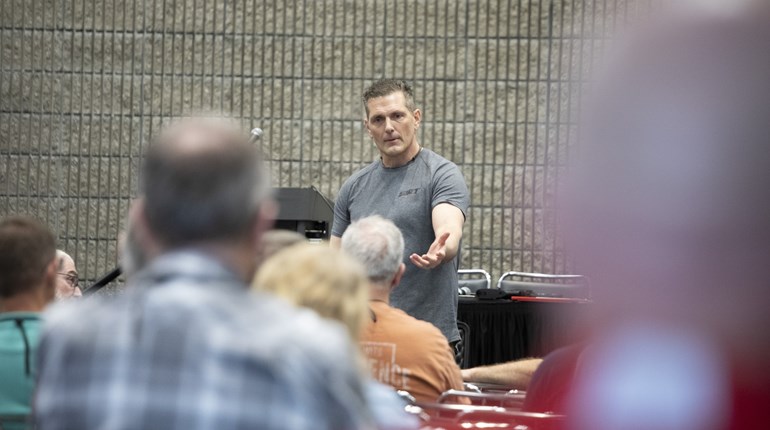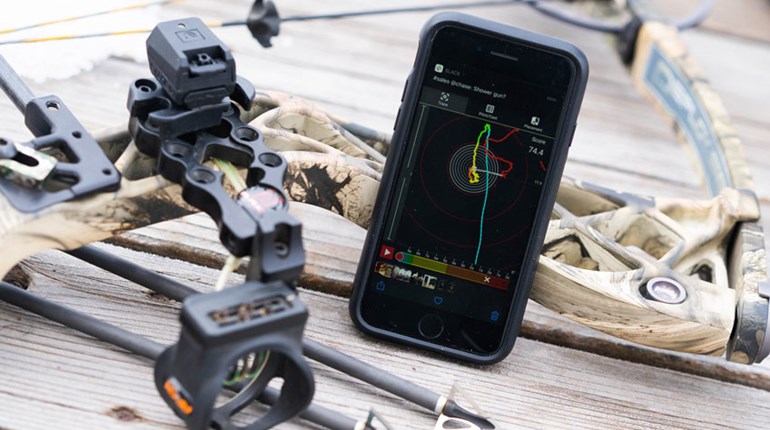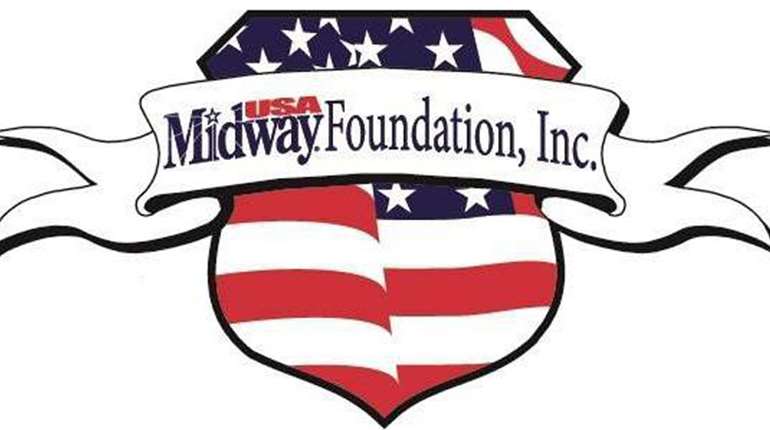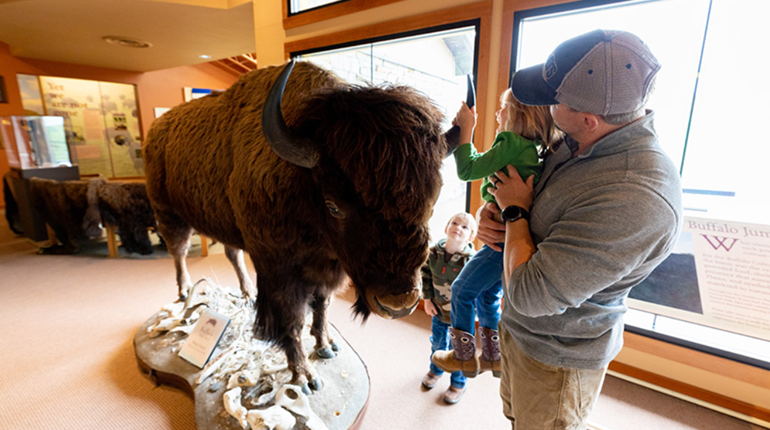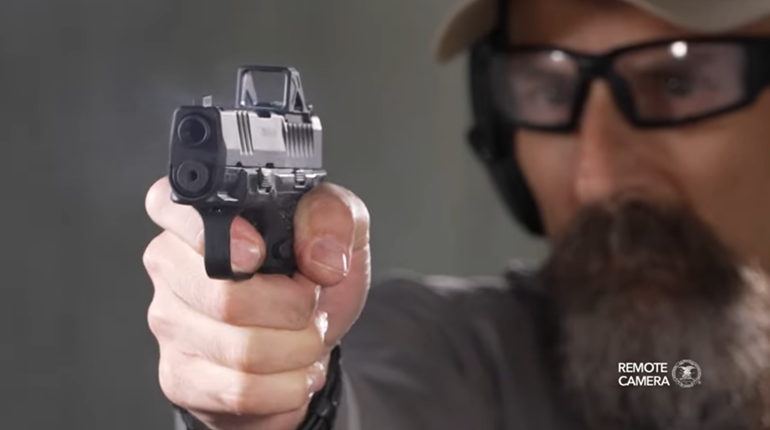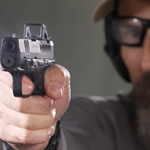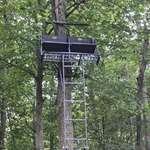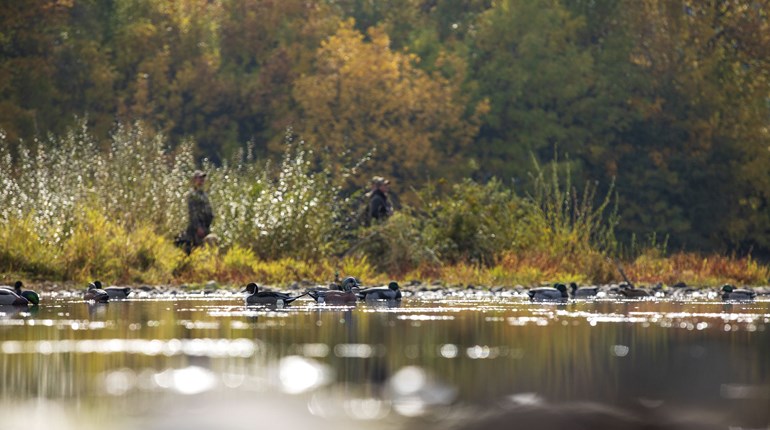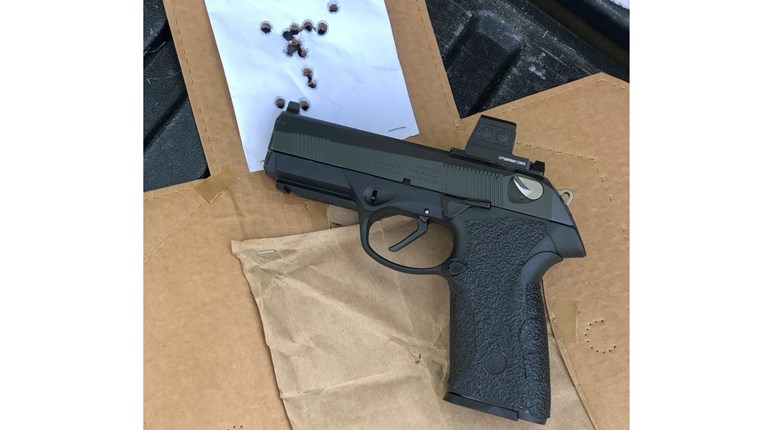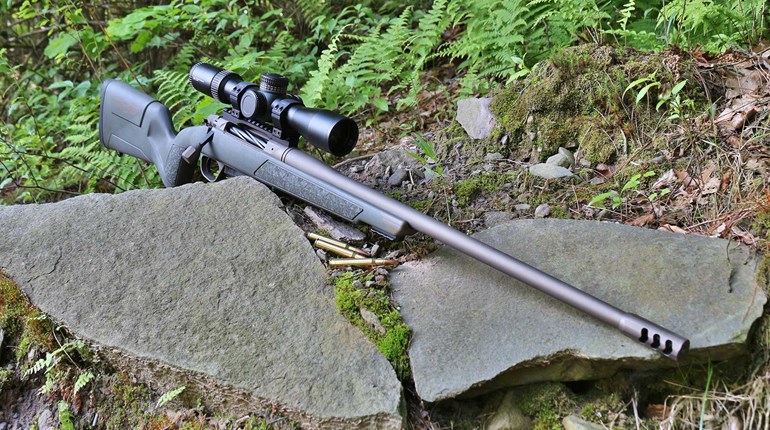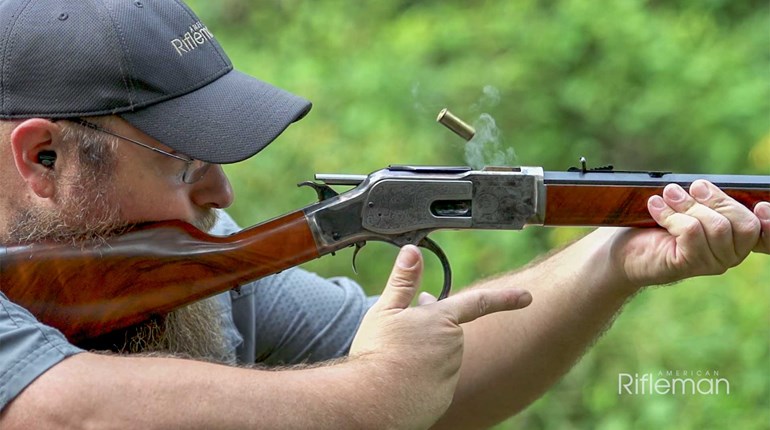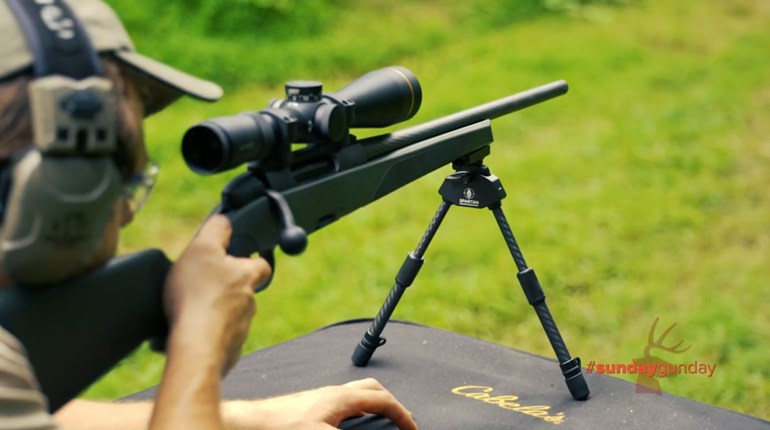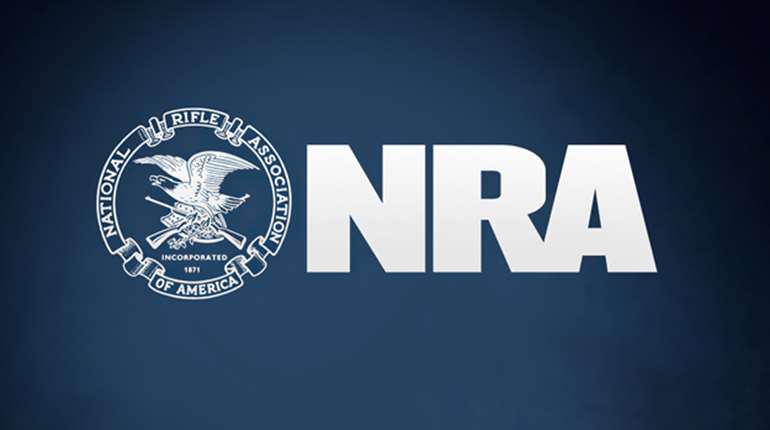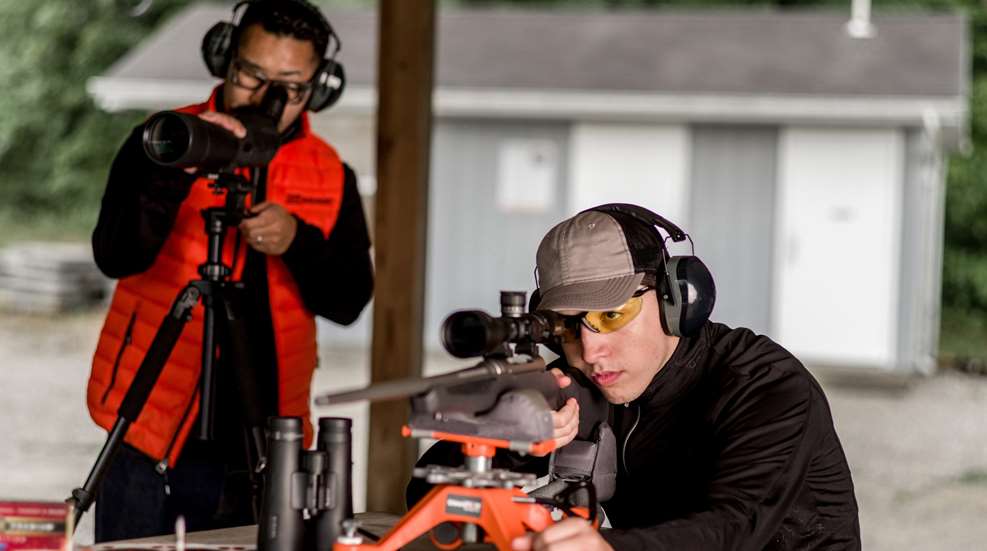
Ever been flagged by your smiling student? How about a student bringing a firearm they don’t even know the name or caliber of? Nothing happens by coincidence. Almost every incident experienced on the range can be tied back to the level of control and the quality of apprenticeship the instructor has over the student experience. The following is a list of 10 common mistakes instructors make that compromise their classrooms. Want to take your training abilities to the next level? Let’s all take a slice of this humble pie together. Ready? GO!
1. He said WHAT?! Under or unclear communication
Think back to your grade-school days. How many teachers' names can you recall off the top of your head? If you’re like most people, the answer is probably one or two out of the dozens you had. I’ll bet you did a little better in those classes too. I’ll also bet those teachers also did better than their colleagues at teaching.
But what do we remember the most? They captivated us. Communication is the vehicle for captivation. I could write a whole article on this subject alone. But for now, I’ll leave you with with questions you can ask yourself to begin your journey of communicating better.
How well do I listen? When I speak, are my ideas communicated in a clear, concise way that my student understands? Last, how do I inspire the confidence in my student to perform better than they did before the time I had with them?
2. Setting improper expectations
Expectations go both ways. Many of us place expectations of performance, standards, and metrics on our students, but we also should be placing proper expectations on ourselves. How many of you have placed too high or low an expectation on your capabilities? What measurements do you use to evaluate how well you did as an instructor?
It’s easy to get caught up in the tangible, measurable results to evaluate expectations. I am able to get “X” amount of students every year, they pay “$X” every session and because of (fill in the blank) variables, I must be a good instructor.
Expectations vary widely because the level and depth of training varies just as wildly. If you’re teaching a course on how to survive against an enemy force in the wilderness with a rifle, the expectations for that class will be dramatically different than teaching someone to use a pistol for the first time.
Every scenario is your responsibility as the instructor to find the way to impart the proper expectations to your students but also your capabilities to impart said knowledge. Two things you need to approach this subject: humility and tenacity.
Your expectations should be ... to have no expectations. It might seem counterintuitive, but letting go of your expectations is the freedom both you and your student need to grow and improve. Everyone is at a different place in their journey, including you.
Doctrines, procedures and tactics change and evolve over time along with the technology it supports. Staying humble and willing to be wrong about everything is the key to your growth as an instructor. In short, your true measure of success is only found in the eyes of your students, not a spreadsheet. This may also mean on a practical level you have to be more honest about your ability to take on too many students at once.
3. Task saturation and taking on too many students
This one is pretty straightforward. In general, less is more. A group of eight students who are highly trained and disciplined looking to deepen their skills is totally different than eight new shooters. While eight trained may be feasible for one, eight newbies could cripple an instructor and their ability to maintain a safe environment. A lack of proper individual instruction also limits the quality of the knowledge transfer.
The human mind can only focus on one task at a time. Attention splitting causes the quality of attention to drop over every point of focus. If you need more attention on more people, try recruiting help.
Stacking hours and minutes in a structure that allow the general idea to be communicated in groups while leaving the refinement of skills addressed individually gives you the best utilization of time. And never underestimate the power of breaks. I recommend taking a short break every 45 minutes or less.
My preference is to keep a 1:1 ratio for new shooters as often as possible. However in the absence of additional instructors, keeping one gun hot at a time on the range can mitigate any potential shortfalls in safety or capabilities. This illustrates another important skill you must develop as a firearms instructor. Control over the environment. After all, the less that happens by accident, the less accidents will happen.
4. Stranger Danger (Not getting to know your students enough)
If you spend the majority of your time getting to know your students on the range or in the classroom before hand, you may be adding unnecessary risk. In a society that is culturally very transactional, we forget a basic principle of life. Nobody is going to care about what you know, what you do or what you have, until they know that you care.
Consider a phone call with every student you take, no time limit, to get to know the person, their stories and why they are seeking instruction. Remember the details and when on the range, use what you know to help build their confidence and achieve their goals. Even if most people’s answers are going to be the same, the discipline of building the relationship is the foundation to all instruction.
5. Too much range time, too little leverage, and not employing technology to shortcut training
Relationship building is a component of your prep work, but what if I told you there was a way to gather valuable information on the student’s shooting proficiency without them ever having to fire a shot? You might be thinking of two words, dry fire. And you would be wrong. Think bigger picture.
Range Simulation is the best way to train essential muscle memory and good fundamentals before the lizard brain takes over during live fire. Here’s a list of technology and equipment and how to use them in your classes before live ammo is introduced.
Mantis X10 Elite with a Laser Academy Kit.
The Mantis X10 Elite is basically like having another firearms instructor you can bring with you to help identify and diagnose basic deficiencies in the firearm manipulation process. More than that, it gives the student a benchmark of proficiency they can use to evaluate their progress during (and long after) their time in the classroom.
Simply place the sensor on the Picatinny rail of any compatible firearms or adapter, and you can use the device to run drills of accuracy, speed, and complex maneuvers such as target identification and drawing from the holster. The best part is this sensor can be mounted to the student’s firearm, so unlike “blue guns,” the student can manipulate the gun they are building their proficiency with. It also functions with Pistol, Rifle, Shotgun, and Archery, both dry- and live-fire.
The Mantis Laser Academy Kit gives you all the gear you need to set up a laser range for students to evaluate shot placement in a safe, controlled environment. This kit utilizes a smartphone, targets, and lasers you place in the barrel of any handgun, rifle, or shotgun. Simply select the caliber you need and add a few more Pink Rhino Laser Cartridges to cover the quantity of students you’d like to shoot with at the same time.
Leveraging technology is a great way to both gain additional information quickly and break the ice with your students, especially in group settings while building up their confidence. Live fire will likely be far more productive if you’ve taken proper time using the right tools to “warm up” and transfer knowledge before the adrenaline dump happens on the first “bang!”
And speaking of a “bang”, if you want recoil simulation, Airsoft is a phenomenal and inexpensive tool to use and is compatible with the Mantis X sensor based systems. The Mantis products also make fantastic prizes for events, courses and competitions! The best part for us NRA Instructors is that we get a sweet discount on the Mantis lineup of training equipment using this request form: https://mantisx.com/pages/nra-instructor
6. Not knowing your environment, and the relationship with your range
Is it raining, snowing or the wind blowing like crazy? What if you’re shooting indoors but only have three lanes available for your instruction on a busy Saturday? If half the point of training is throwing lead downrange, then the other half is the relationships you build. Good relationships with the owners of your range open doors to all kinds of clients, manners of shooting, and partnerships. Conversely, sneaking in sessions on a lane with friends may create an environment that is both expensive and unproductive to your goals at best.
Remember, you are the master of the environment you create for others. So give people something they want to wait in line for, not something to write hate mail on social media about.
If you’re lucky enough to own land, how well do you know your neighbors? Do they know about your classes and when they’re going to happen? Have you offered them free sessions to give them an idea of what you do? Can you address their concerns in a way that keeps peace and harmony in your community? Are you far enough away from everyone that it doesn’t matter?
What if you are the owner of an indoor range? This might be the most ideal situation but ask yourself, what would you do if another instructor wanted to use your range for instruction? Do you foster the kind of environment where everyone is welcomed and has the chance to learn, teach, and build up the firearms community?
At the end of the day, no matter what the situation is, we are all here to serve others. Never forget that is the mission.
7. Fear instead of focus as a means of control
This one is a highly uncomfortable subject to address, but the truth is that we are all afraid. Afraid to get hurt, afraid to die, afraid to kill others. Just as our students have to face their fear and join a bunch of strangers with guns to practice a craft that does hold some inherent dangers, we too have to face our fear as instructors, of things going wrong. The line is thin but how we walk it defines an instructor’s ability to instill both confidence and skills in their students.
Acknowledging and addressing these fears early on allows the student the freedom to make reasonable mistakes without forgetting the focus they need on safety, discipline, and performance. Be wise and take responsibility for the mistakes of your students. At the end of the day, you are the master of your environment.
8. Not knowing when to say no
When I bring up the subject of saying no, I do not mean regarding conversations of clarification or requests. I mean, when to expel a student from a class, or when to say no to accepting a student in the first place.
Though there are an infinite number of signals you can get as the instructor, the way to determine if you have found the right signal requires that you learn to evaluate the character and behavior of each student. Is this individual hot-headed and unable to play well in a group setting? Does this student show a lack of good, moral character? Is this person intoxicated or unable to keep focus? We may want to help everyone, but the help everyone needs is not something we can always provide.
Have wisdom, use resources available to you and start the relationship long before they show up. Do research on how to identify problems through behavior and seek mentorship. Leverage technology, social media, and background checks to set yourself up for success.
9. Forgetting business opportunities
We’re all in this together. Building a safer community by equipping and training responsible citizens is a role we all play in the firearms industry. For us NRA Instructors, we are the frontline with the widest net to cast to reach the masses and raise the bar for firearms proficiency.
Your training is your business, so treat it like one. Train within your means, be wise with your resources, build relationships, and never miss opportunities to cooperate with each other. Unlike the tech industry, where five companies have all the money and thousands of employees, the firearms industry are all small businesses with singular focuses. Get to know the businesses in your area and find ways to use your skills to provide value and solve problems.
Consider offering free courses to a business that wants to equip a few people with some basic skills if they needed to defend themselves and others at work. Or host an event with another business to engage with the community.
10. Not recognizing success enough (trophies and awards)
The end of your course should be the most exciting moment. I’m not saying you need to get an F1 style podium (though I’m not saying don’t have one). But you should have an award system of some sort to recognize good performance, good character, and exceptionality. Recognition, even if it’s as small as a paper certificate and a handshake, goes a long way to keeping your student engaged in the craft of firearms training.
This is also a great chance to hand out prizes that help build your students’ capabilities long after they leave. Try giving away a certificate to a partner business, a free hour and rental at the range, a discount on products at a local dealership, or an upgrade on their supporting equipment, like hearing protection or shooting gloves.
Final Thought:
In light of keeping this list short(er), I want to leave you with three things to never forget. Our goal as instructors is to build real confidence, not just real skills. This craft is an art and takes several lifetimes to perfect. Lastly, always have fun, and leave your students with an experience they’ll never forget.
If you’re looking for tools to take your training and your courses to the next level, check out the product lineup at Mantis X. https://mantisx.com/

